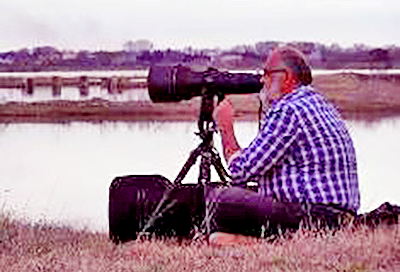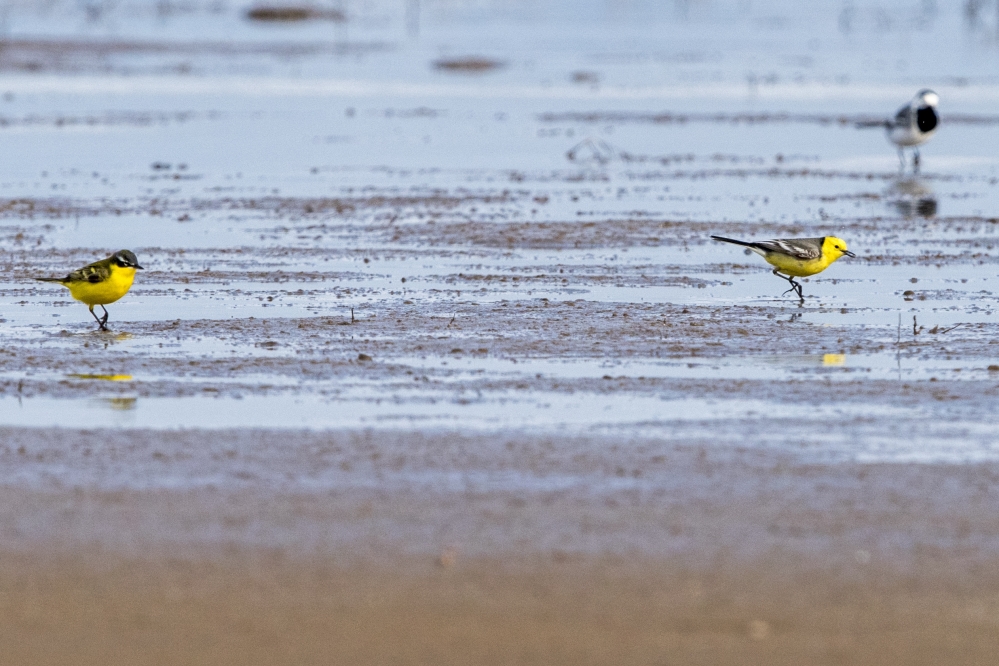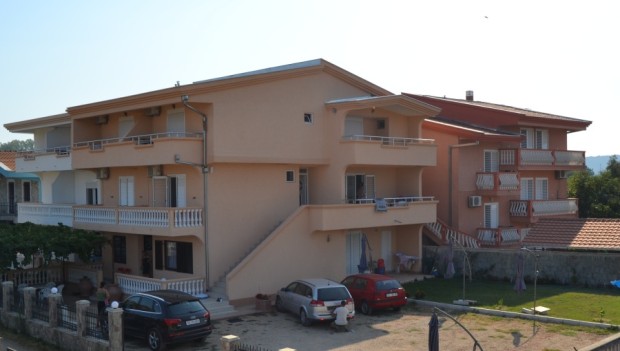Translated by Arijeta Ljeskovac
Center┬аfor┬аProtection and Research of Birds: YouтАЩve been working side by side with the Center for Protection and research of birds for many years. Would you please tell us the primary reason of your visit?
Dr. Peter Sackl: As a curator of the Natural History Museum in Graz, I am in charge of the ornithological research. I have already been into ornithological research prior to 2003, when I came to Montenegro for the very first time. That year we did the тАЬrapid assessment of the environmental values of delta BojanaтАЭ. I was taken aback by the diversity and richness of the ornithological world. I fell head over heels with Ulcinj Salina, Long Beach, and Ada Bojana. My attention was arrested by the hospitality of people in Ulcinj, hence my commitment to Ulcinj Salina.
Center┬аfor┬аProtection and Research of Birds: you have dusted off your binoculars for monitoring the spring migration of birds. What is your impression related to the migration?
Dr. Peter Sackl: IтАЩve been contributing to the protection of this area four years now. I monitor the spring migration, when large numbers of Palearctic migratory birds return from the Sahara over the Mediterranean and the Balkans back to their nesting places in Europe and western Siberia.
Regular monitoring of this type is carried out in order to have a notion of the importance of the hinterland of Ulcinj Salina, Scutari Lake and other smaller wetlands which migratory species use as resting and breeding areas.
Thousands of ducks, herons, cranes, Spoonbill, waders fluttering around, make a fine spectacle.
Center┬аfor┬аProtection and Research of Birds: What is the number of migratory birds compared to last year?┬а
Dr. Peter Sackl: Regarding the Ulcinj Salina, this visit has been quite disappointing for I found a relatively small number of birds.
In the last two days, I and Bojan Zekovic from Center┬аfor┬аProtection and Research of Birds have counted 4326 birds, which is a relatively small number for this wetland habitat.
Last year we counted more than 20.000 water birds. The migration has suffered an alarming decline. It is disappearing at an alarming rate. The presence of poachers has startled and frightened the birds away. Poachers are using different alluring techniques such as decoy-birds, whistles, foils, and nets. The best indicators of poaching are the fired shots. We have counted up to 157 shots between 17:00 тАУ 17:40. It felt like a battlefield, like somebody has waged a war. Poaching has greatly contributed to the decline of migratory birds therefore the place is no longer a sanctuary.
Center┬аfor┬аProtection and Research of Birds: Poaching is carried in and outside the Salina. Does it mean that the mere protection of the Salina territory is not enough?
Dr. Peter Sackl:┬аExactly. The problem has spread outside the Salina frame. Birds are being allured by the sounds outside Salina, thus being shot in great numbers.
Center┬аfor┬аProtection and Research of Birds: However, you didnтАЩt come in vain. A new species has been discovered, is that right?
Dr. Peter Sackl:┬аAbsolutely. I was lucky to come across a yellow-headed bird known as (Motacilla citreola), which is quite strange, for this bird usually nests and breeds in Siberia and Russia. The number of migratory birds is in decline due to the human impact. Nonetheless, I am proud I can mention the presence of Motacilla citreola in Ulcinj Salina. The number of species has risen to 349.
Center┬аfor┬аProtection and Research of Birds: Our Ministry has envisaged the construction of a large tourist complex. We think this is quite out of the question. Is there any similar example in Austria, where the promoted areas are to be turned into touristic habitats?
Dr. Peter Sackl:┬аOf course not, one excludes the other. Both things do not go hand in hand. The best example is the Lake Neusiedl, which offers native products and bird-watching throughout the year. Eco-tourism has reached its peak. The protected areas are meant for ordinary people who fall in love with the nature and bird-watching, unlike the cream of the crop of the population who generally seek luxury.
Center┬аfor┬аProtection and Research of Birds: When can we expect you again, and what are the plans related to Montenegro?
Dr. Peter Sackl: In June,┬аIтАЩll be monitoring with the members of Center┬аfor┬аProtection and Research of Birds. We hope to bring to light the importance of every single parcel, which will be a sound argument for the detailed planning of Ulcinj Salina.
Source: .Czip.me
Dr. Sackl has announced the discovery of a brightly-coloured bird species (Motacilla citreola). He also mentioned the startling and alarming decline in the number of the migratory birds due to human impact.
Last weekend Dr. Sackl counted only 4325 birds, which is a needle in a haystack compared to the 20.000 water birds counted last year. The poachers have been using smells, bait, and alluring sounds so as to get the birds outside the Salina frame and shoot them dead. Climate change along with poaching has been cited as a major cause of the continuing declining in the numbers of migratory birds. Regulations respecting the prohibition of hunting have been introduced on 15th February, 2016. How grave the situation is, unfortunately, is best illustrated by the illegal shots that have occurred between 17:00 тАУ 17:40 (16.03). Fifty shots were fired the following day between 17:00 тАУ 18:10. All these statistics show that poaching has contributed to the decline of wildlife.
Having witnessed all the problems wildlife is going through, Dr. Sackle has decided to provide scientific support along with other members of the Natural History Museum to the Centre of Protection and research of birds.
тАЬIтАЩll be monitoring with the members of Center for Protection and Research of Birds. We hope to bring to light the importance of every single parcel, which will be a sound argument for the detailed planning of Ulcinj SalinaтАЭ тАУ states Dr. Peter Sackl.






